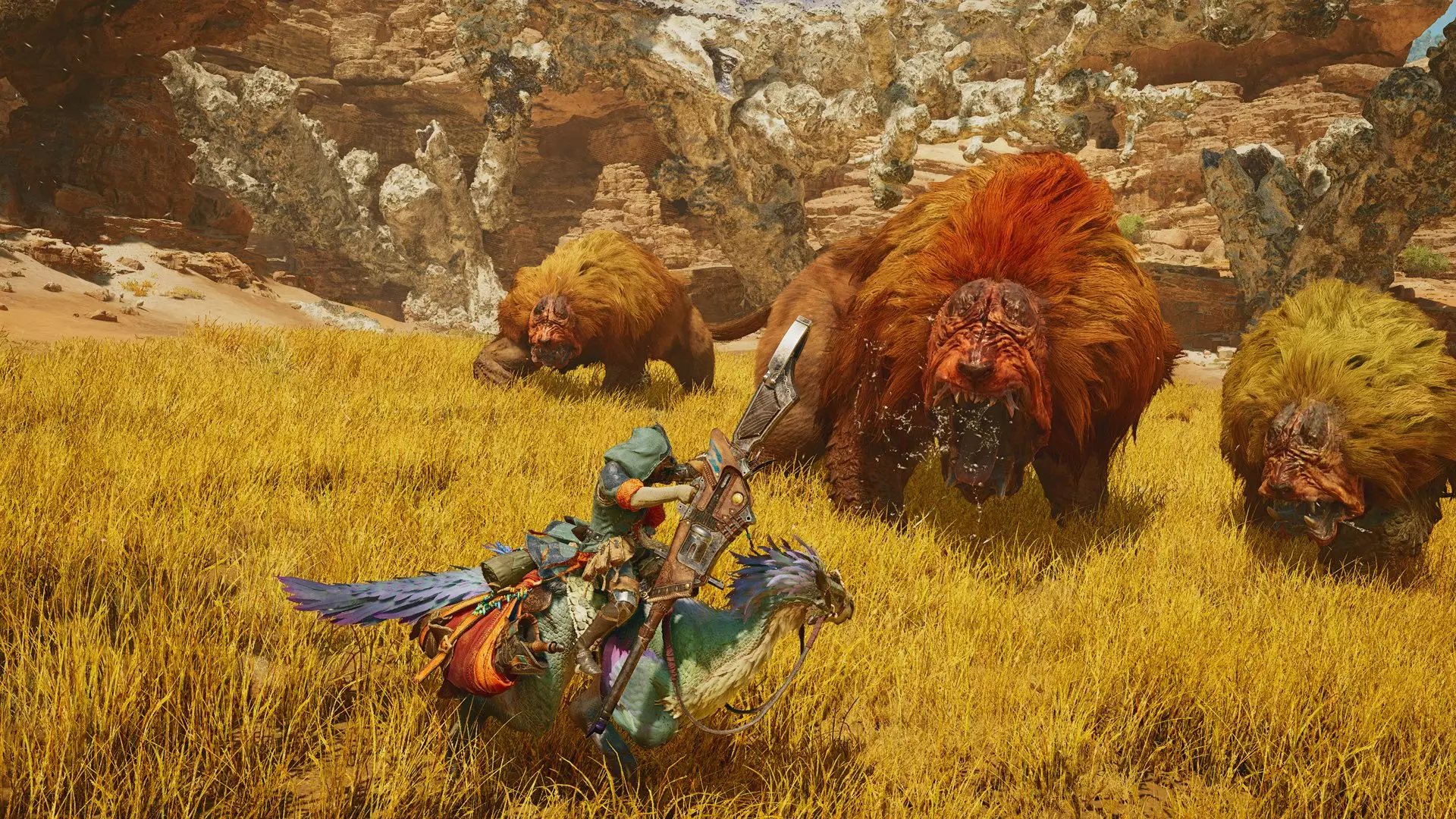Capcom’s Monster Hunter franchise has consistently evolved over the years, yet its latest installment, Monster Hunter Wilds, appears to mark a significant turning point. Building on the immense success of its predecessor, Monster Hunter World, the development team has aimed to create a game that not only retains the essence of hunting but also introduces innovative features that make gameplay feel fresher and more engaging. The emergence of dynamic environments signals an ambitious leap forward, pushing the boundaries of what players can experience within this beloved universe.
At the heart of Wilds is the concept of ever-changing environments, a stark contrast to the more static worlds in previous titles. With three climate variations—Fallow, Inclemency, and Plenty—the game will challenge players to adapt their strategies based on the specific conditions they encounter. This intelligent design encourages exploration and adaptation, reinforcing the notion that each hunt is unique and unpredictable. Producer Ryozo Tsujimoto articulated this vision succinctly, emphasizing that real-world climates provide a rich tapestry of experiences that the game aims to mirror.
An intriguing aspect of Wilds is how it integrates seasonal shifts that dramatically alter the gameplay. These changes are not merely aesthetic; they impact the behavior and presence of various monsters, compelling hunters to rethink their approach. Whether the land is in a state of abundance or experiencing harshness, players will need to adjust their tactics accordingly. Tsujimoto’s insights underline a commitment to incorporating the richness and challenges of nature, reflecting the complex interactions found in ecosystems around the globe.
The designers’ ambition extends far beyond surface-level alterations. The climatic changes will influence terrain—from dry and rugged to lush and bountiful—informing players not just about what they hunt but how they hunt it. This layered complexity should provide a more immersive experience, as players become acutely aware of their environmental context, much like real-life hunters who must adapt to ever-changing conditions.
Developing such an expansive game during a global pandemic presented its own set of challenges. Tsujimoto revealed that the research phase typically involves extensive travel to observe real-world environments, a process hindered by travel restrictions. However, rather than succumb to setbacks, the team pivoted, engaging in meticulous brainstorming to craft believable environmental scenarios.
This shift highlights a significant strength within the development team: their ability to adapt creatively to unforeseen obstacles. By conceptualizing various environmental interactions in meticulous detail, they were able to build intricate systems that would feel authentic within the game. The realization that nature behaves unpredictably served as a key motivator for the designers, pushing them to replicate those complexities within the Monster Hunter landscape.
One of the most fascinating components of Wilds is the development of its monsters. Drawing from an array of real-world animals, the designers have examined biological adaptations and environmental interactions, ensuring that every creature fits seamlessly into their respective ecosystems. Tsujimoto’s approach—analyzing how animals exist and thrive in their habitats—has led to the development of monsters that feel grounded despite their fantastical designs.
This intense research into animal biology has allowed Capcom to create a diverse range of monsters, each with its unique survival strategies and ecological relevance. By grounding these creatures in reality, the game provides players with a deeper understanding of the world and the creatures they encounter. It not only enriches the narratives surrounding each hunt but also enhances the overall immersion as players inhabit a world that feels alive and responsive.
As the excitement builds around the release of Monster Hunter Wilds, Tsujimoto remains hopeful that players will appreciate the innovations and depth woven into the game. This entry has the potential to redefine how players interact with the Monster Hunter universe as they navigate these dynamic environments and face off against intricately designed creatures.
The evolution of the franchise hinges on its ability to surprise and challenge its fans, and with Wilds, Capcom appears poised to deliver an experience that is not only immersive but also reflective of the complexities found in nature itself. As the franchise continues to grow, it will be fascinating to see how players embrace this new approach and what adventures await them in the ever-changing landscapes of Monster Hunter Wilds.

